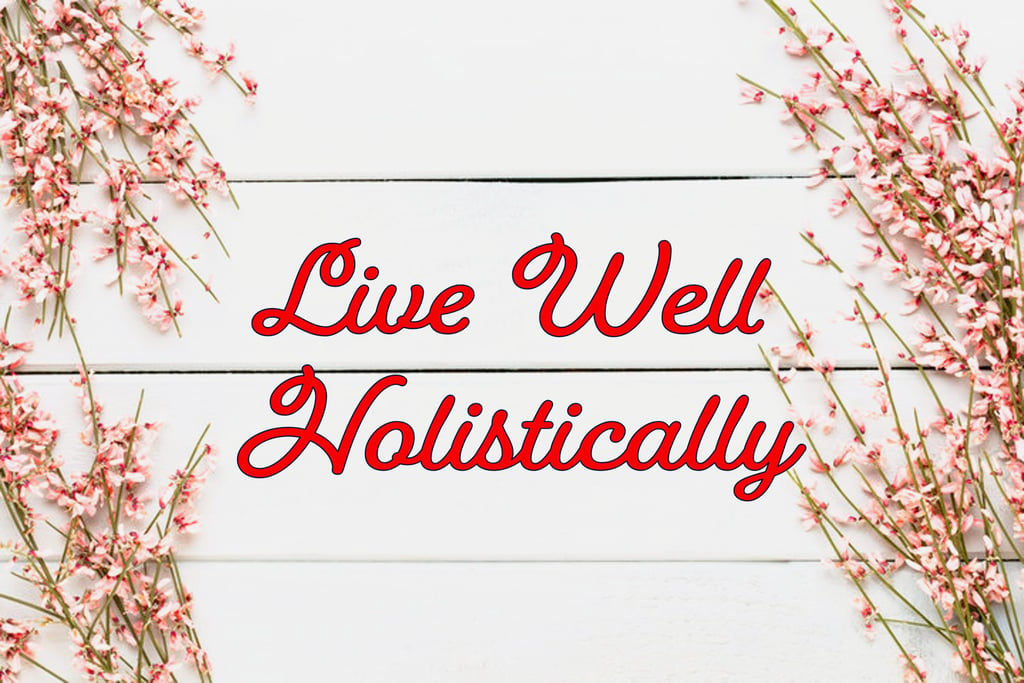Unlocking Whole-Life Wellness: A Beginner’s Guide to the 5 Pillars of Personal Health
HEALTH AND WELLNESS
Tarun Mehta
8/29/20254 min read


Unlocking Whole-Life Wellness: A Beginner’s Guide to the 5 Pillars of Personal Health
When we think of “getting healthy,” most of us jump straight to the gym or a new diet plan. But actual wellness runs much deeper than the food on your plate or the number on the scale. It is about finding balance in all areas of your life - physical, mental, emotional, social, and spiritual. These are the five core pillars that form the foundation of a fulfilling life.
Whether you are just starting your personal development journey or looking to create a more sustainable sense of well-being, this guide will help you understand each pillar and give you simple, practical ways to strengthen them. Think of this as your wellness reset, one that looks at the whole you.
1. Physical Health: Fuel, Move, and Rest Your Body
Physical health might seem obvious, but it is often the most neglected when life gets busy. It is more than just staying in shape; it is about caring for your body and treating it the respect it deserves, so that it can carry you through your day with strength and energy.
What it includes:
Nutritious, balanced meals
Regular movement or exercise
Adequate, quality sleep
Proper hydration
Preventive care and check-ups
Actions that can be taken:
Add one to two fruits or vegetables to each meal.
Walk for 15 minutes after dinner.
Set a consistent bedtime routine, even on weekends.
These are not major lifestyle overhauls, but they begin to shift your daily choices in a healthier direction. You do not need to run marathons or cut out all sugar, just start where you are and build slowly.
2. Mental Health: Sharpen Your Mind and Cultivate Clarity
Your mental health influences how you think, solve problems, and respond to life’s challenges. When this pillar is strong, you can focus better, learn more easily, and stay calm in stressful situations.
What it includes:
Clear thinking and focus
Cognitive agility and learning
Stress management techniques
A mindset that supports growth and curiosity
Actions that can be taken:
Limit your screen time, replacing it with reading a book or reflection.
Practice 5 minutes of mindful breathing to reset your focus.
Learn something new, watch a documentary, take a course, or explore a skill you have always been curious about.
Mental wellness also means knowing when to take a break. Burnout often masquerades as laziness or distraction, but it is your brain asking for rest. Listen to it.
3. Emotional Health: Feel, Express, and Heal
Emotional health is beyond being happy all the time. It is about understanding your feelings, expressing them in a healthy way, and handling life’s ups and downs with resilience.
What it includes:
Emotional awareness and regulation
Managing difficult feelings like anger, fear, and sadness
Practicing self-compassion and acceptance
Letting go of emotional baggage
Actions that can be taken:
Start an “emotion journal” where you name what you felt and why.
Practice the pause: when triggered, take three deep breaths before reacting.
Speak to yourself as you would to a close friend going through a tough time.
Healing emotionally does not mean forgetting pain, it means learning how to carry it differently. When we build emotional resilience, we stop being controlled by our past or overwhelmed by the present.
4. Social Health: Build Connection and Belonging
Humans are wired for connection. The quality of our relationships has a significant impact on both our mental and physical health. In fact, research shows that strong social connections are one of the best predictors of long-term happiness and even lifespan.
What it includes:
Supportive friendships and family bonds
Clear boundaries and healthy communication
Feeling part of a group, team, or community
Giving and receiving support
Actions that can be taken:
Schedule one meaningful conversation each week, with no distractions.
Say no to things that drain your energy and yes to those that lift you up.
Join a local group, class, or community aligned with your interests.
Social health is not about having a big circle, rather it is about having meaningful connections that support and energize you.
5. Spiritual Health: Discover Meaning and Inner Peace
Spiritual health is deeply personal. For some, it is tied to religion. For others, it is about values, purpose, or a sense of connection to something bigger than themselves. At its core, it is about living with intention and alignment.
What it includes:
Having a sense of purpose
Practicing gratitude and reflection
Feeling connected to your values
Making space for silence and stillness
Actions that can be taken:
Reflect on your values: What matters most to you?
Start your morning with one question: “What kind of person do I want to be today?”
Take 10 minutes daily for stillness, without any agenda or input.
Spiritual health grounds you when life feels chaotic. It helps you stay aligned with who you are and how you want to show up in the world.
Your Personal Wellness Inventory
Take a moment to reflect on these five areas. Which one feels strong right now? Which one might need more attention?
You can do this by simply rating each pillar from 1 to 5 based on how you feel today. No judgment, but just awareness. This gives you a clear place to start. Choose one pillar to focus on for the next week and set one small, doable action to support it.
Example:
Physical: 3 – Action: Drink 2L of water daily
Emotional: 2 – Action: Journal for 5 minutes each night
Social: 4 – Action: Call a friend you have not spoken to in a while
Create Your Whole-Life Wellness Plan
Rather than trying to change everything at once, build your wellness like a foundation, layer by layer. You could focus on one pillar each month, or rotate weekly with small, steady changes.
Make it personal. There is no one-size-fits-all blueprint for health. What matters is that your choices reflect what makes you feel good, supported, and in control of your life.
Here is a simple 3-step approach:
Awareness – Identify where you are now.
Action – Choose one small, meaningful habit to practice.
Accountability – Track progress and adjust gently as needed.
Over time, these small acts create a ripple effect. You will feel more energy, clarity, confidence, and connection, not just in one area, but across your whole life.
Conclusion: Wellness That Works for You
Whole-life wellness is a constant evolution and should be a way of living. It is about caring for your body, honoring your emotions, sharpening your mind, nurturing your relationships, and connecting with your deeper sense of self.
You do not need perfection. You just need presence and a willingness to start small. When you build each pillar with intention, you create a holistically healthy life that feels grounded, fulfilling, and resilient, no matter what comes your way.
So, where will you begin today?
Video available at: https://youtu.be/b7WnSNQ_wE0

